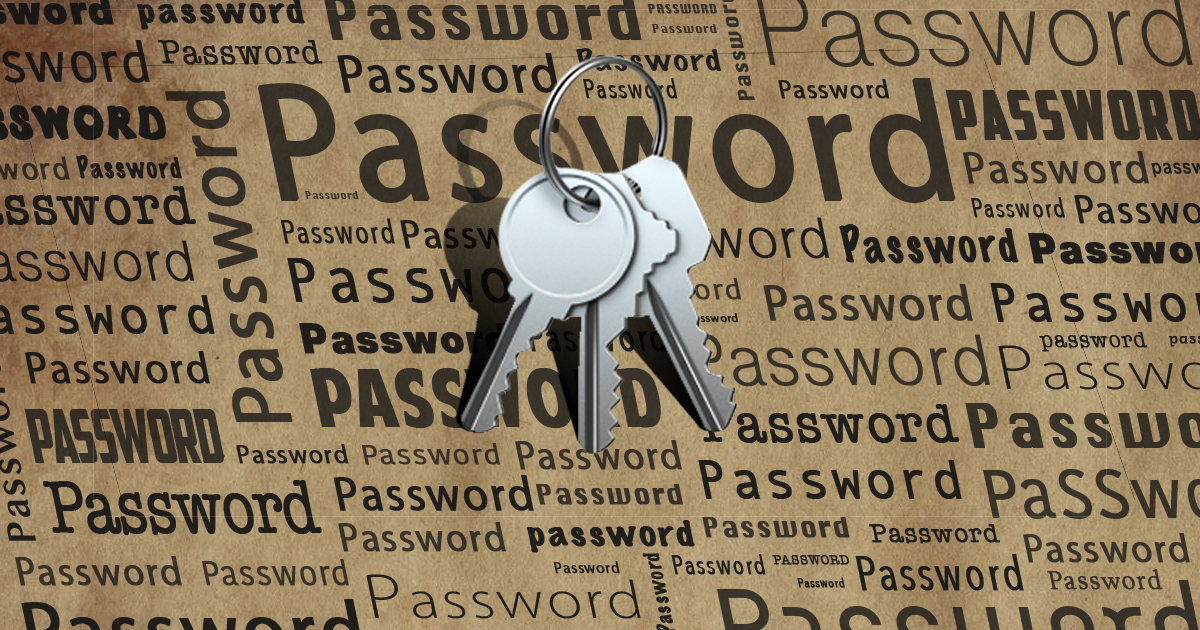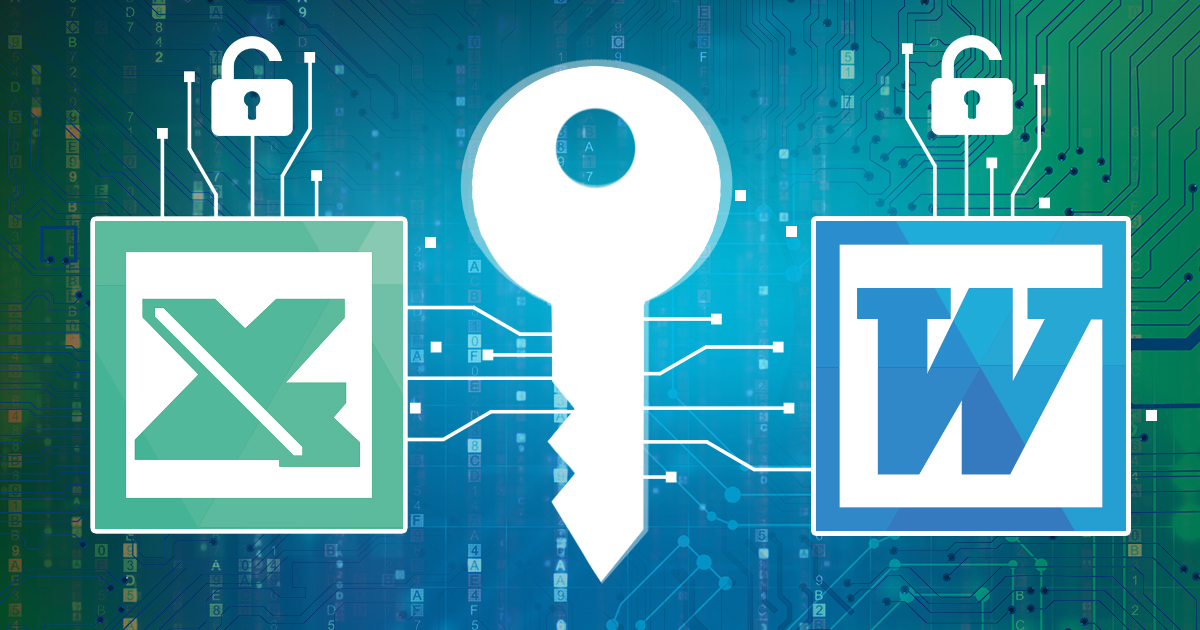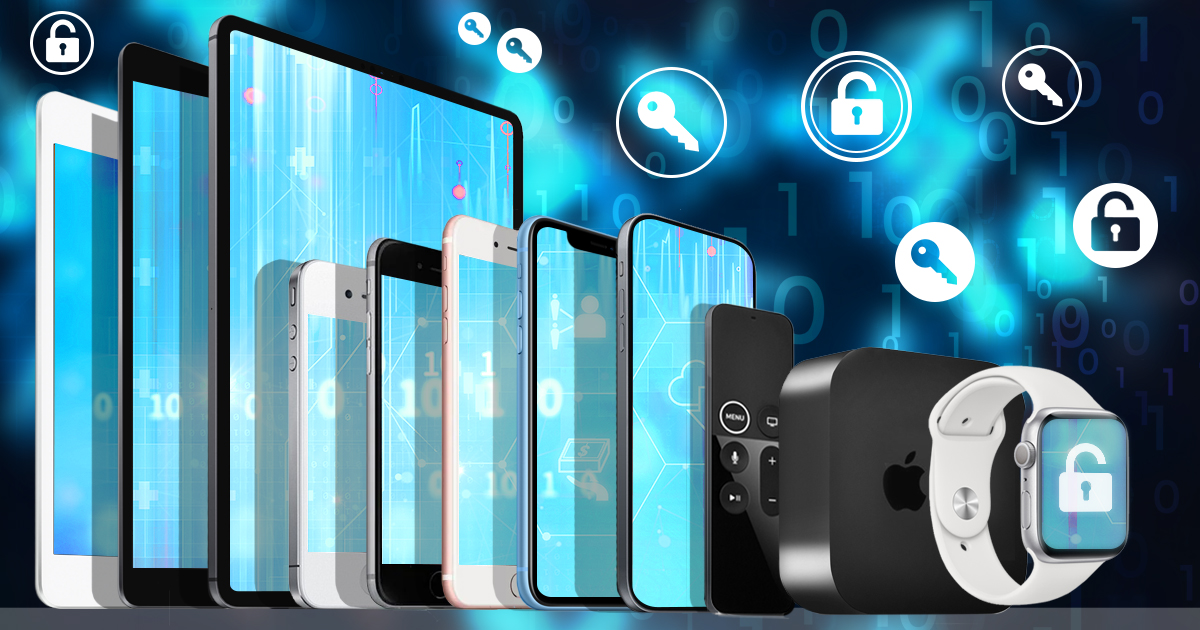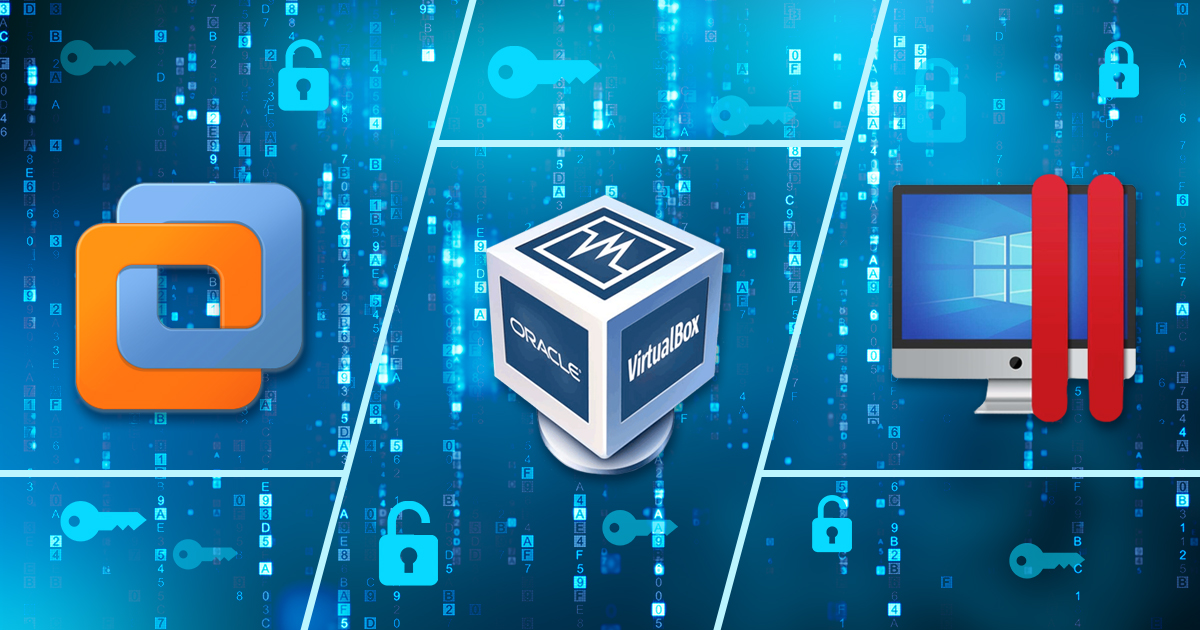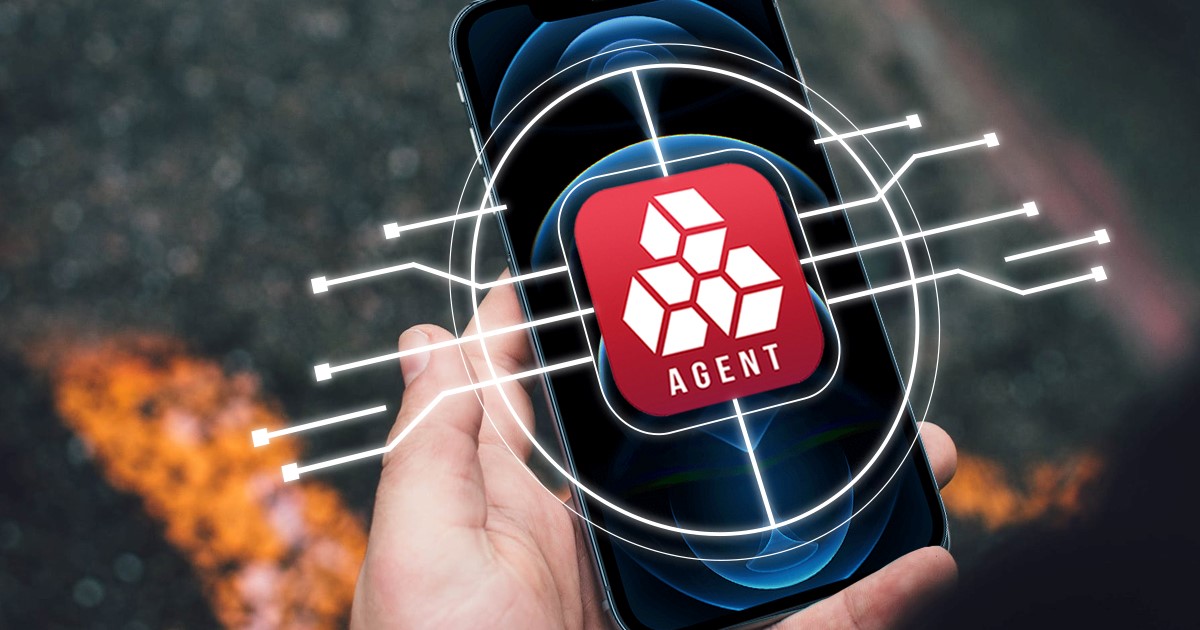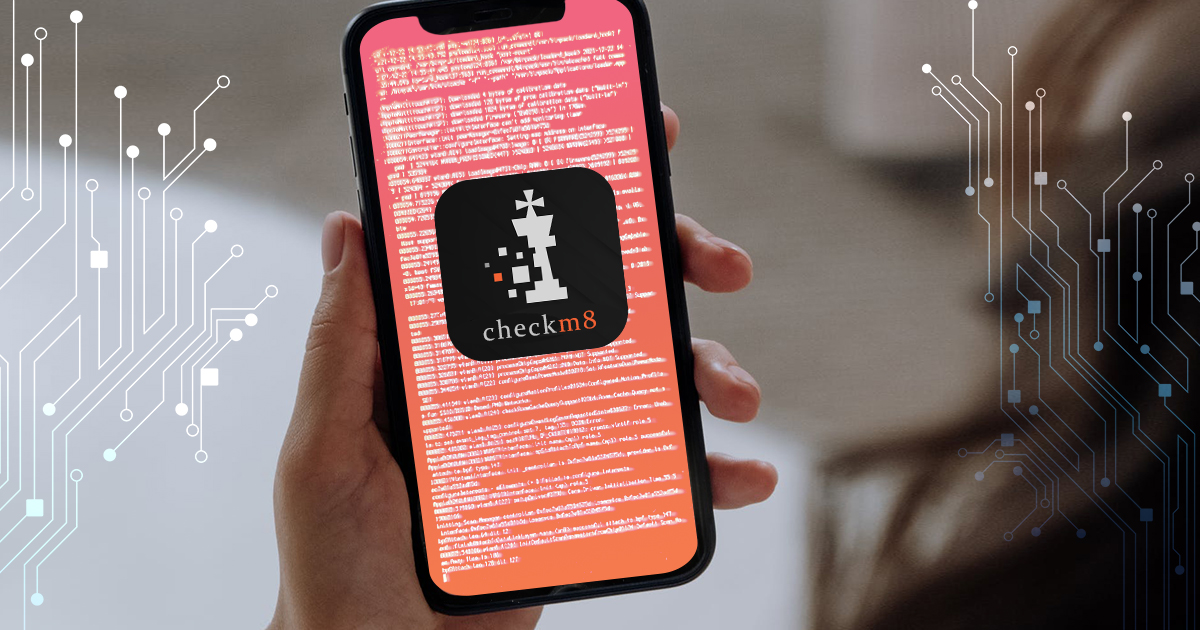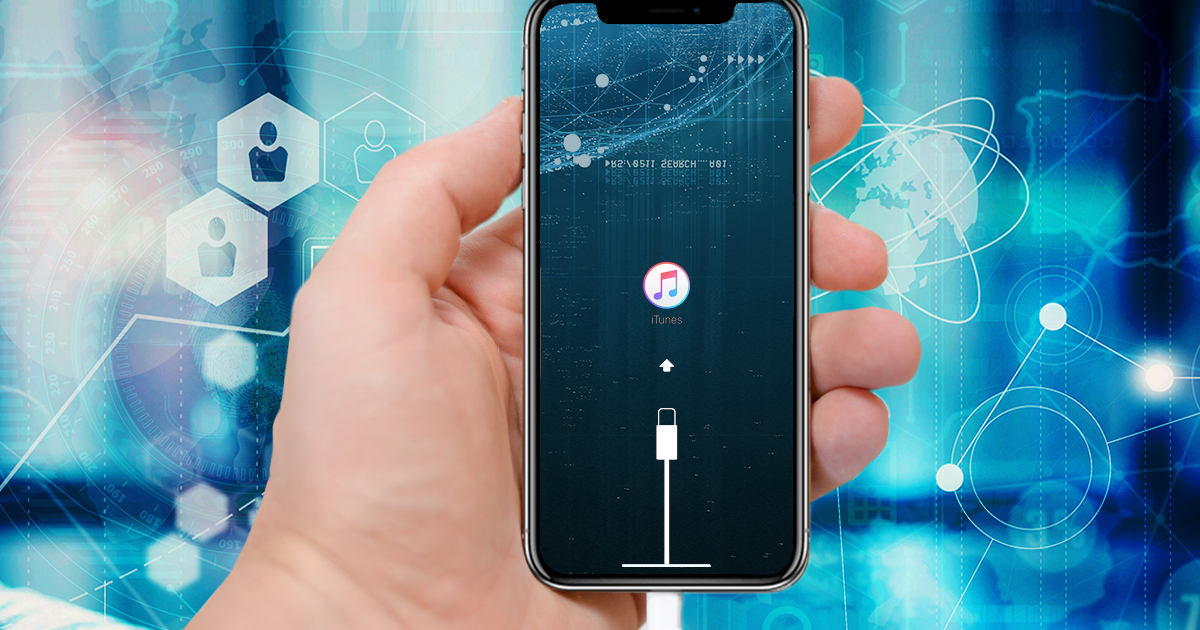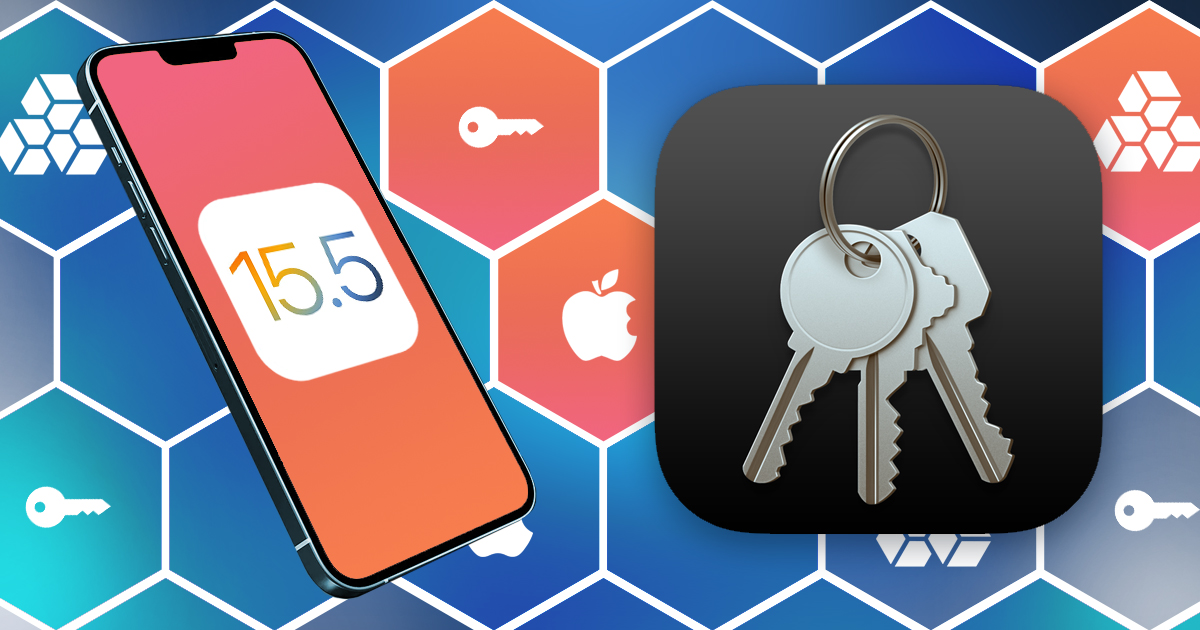March 3rd, 2023 by Oleg Afonin
Dictionary attacks are among the most effective ones because they rely on the human nature. It is human nature to select passwords that are easily memoizable, like their pet names, dates of birth, football teams or whatever. BBC counted 171,146 words in the English dictionary, while a typical native speaker (of any language) knows 15,000 to 20,000 word families (lemmas, or root words and inflections). Whatever the attack speed is, it will not take too much time to check all the English words.
Read the rest of this entry »

